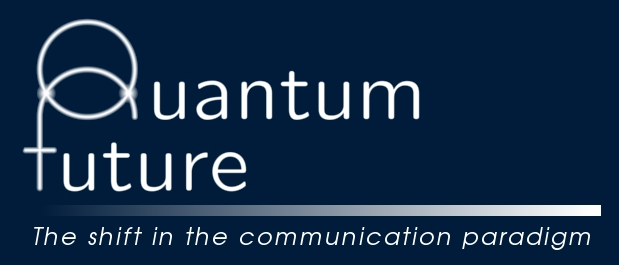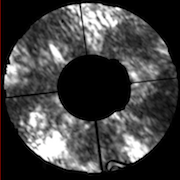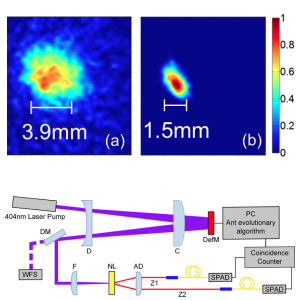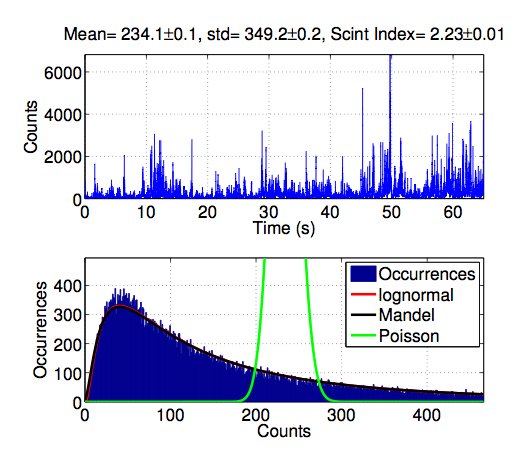Experimental Satellite Quantum Communications
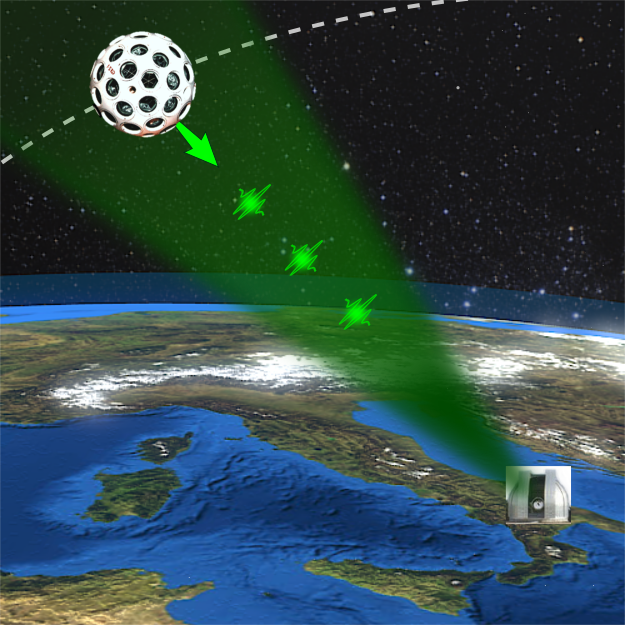
Quantum communication (QC), namely, the faithful transmission of generic quantum states, is a key ingredient of quantum information science. Here we demonstrate QC with polarization encoding from space to ground by exploiting satellite corner cube retroreflectors as quantum transmitters in orbit and the Matera Laser Ranging Observatory of the Italian Space Agency in Matera, Italy, as a quantum receiver. The quantum bit error ratio (QBER) has been kept steadily low to a level suitable for several quantum information protocols, as the violation of Bell inequalities or quantum key distribution (QKD). Indeed, by taking data from different satellites, we demonstrate an average value of QBER=4.6% for a total link duration of 85 s. The mean photon number per pulse μsat leaving the satellites was estimated to be of the order of one. In addition, we propose a fully operational satellite QKD system by exploiting our communication scheme with orbiting retroreflectors equipped with a modulator, a very compact payload. Our scheme paves the way toward the implementation of a QC worldwide network leveraging existing receivers.
